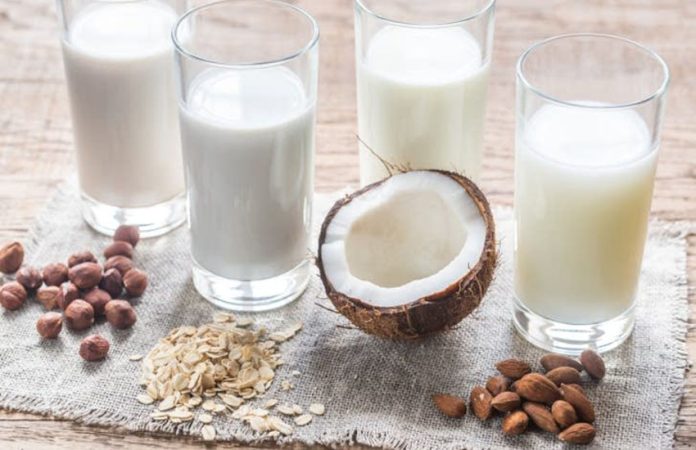It’s taken me awhile to get used to the array of “alternative milk” options if I go out and order a coffee somewhere, and I’ll admit it’s still somehow irritating.
I understand these choices are a godsend if you’re lactose-intolerant or follow a vegan diet, But for the rest of us, I wonder if any of them are really “better” than good ol’ cow’s milk, leche de vaca. Hemp seed milk? Hazelnut milk? “Pea-based beverage?” Why?! What it is that consumers are trying to avoid — or get?
Watching as dairy products in general have become the symbol of all that’s bad with eating, I’ve tried to understand why. Maybe because I’ve had access to fresh, unadulterated milk from dairies near several of my homes (and still now here in Mazatlán), I see it as a wonderful food, way down there on the food chain. But if you’re buying commercially produced milk from a grocery store, you’re getting an entirely different product.
It is super-processed in ways most folks aren’t aware of; while pasteurization destroys any harmful bacteria, homogenization — spinning the milk at high speeds to break down butterfat particles and distribute them evenly throughout the milk — is unnecessary and creates fatty particles tiny enough to clog one’s arteries.
And why add so many vitamins? Let milk just be what it is.
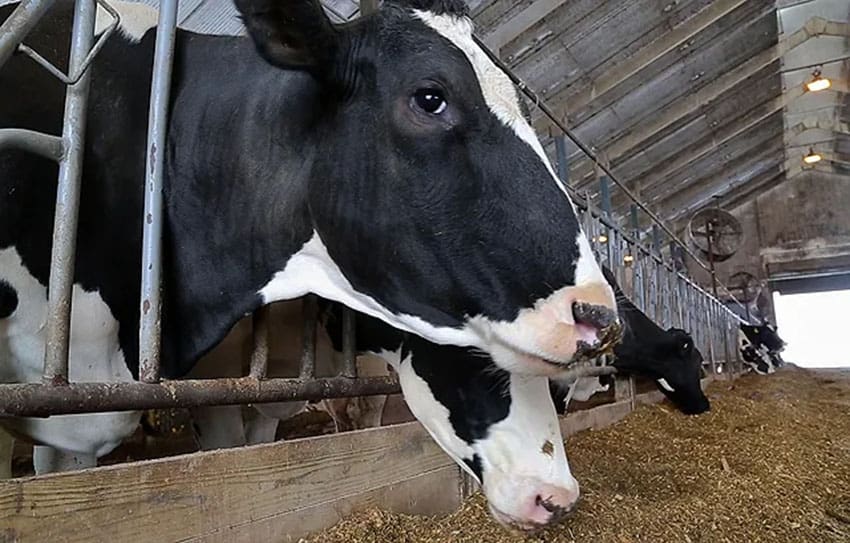
Milk is a multibillion-dollar industry, but since 1975 sales have dropped significantly.
Beginning in the 1990s, the popularity of plant-based milk surged with the invention of oat milk by a Swedish company. Before then, almond and soy milks were the most popular, but oat milk’s creaminess, ability to froth in specialty coffee drinks and use in baking quickly brought it into the public eye.
Oats are also more climate-friendly than almonds in terms of how much water is necessary to grow the plant. As with so many food trends, oat milk became synonymous with healthy, conscious eating — although that perspective is changing, aided by the United States’ Food and Drug Administration’s new regulations as to what can be labeled “milk” and a new awareness of the extra ingredients in most plant-based beverages.
Part of those new regulations state: “Any plant-based milk product with the word “milk” in its name should include a statement explaining how the product compares with dairy milk. For example, the label on alt-milks could state ‘contains lower amounts of vitamin D and calcium than milk’ or ‘contains less protein than milk.’”
As part of a new heart-healthy diet, I’ve been trying to eat less fats and more soy, and so I have looked for soy milk with nothing added. Hah!
The best I can find is the organic brand Güd, which is still only 12% soy, water, sunflower lecithin, calcium carbonate, salt and vitamins E, B2, A and D2. Thankfully, it has no extra oil, which is often added to make the beverage thicker.
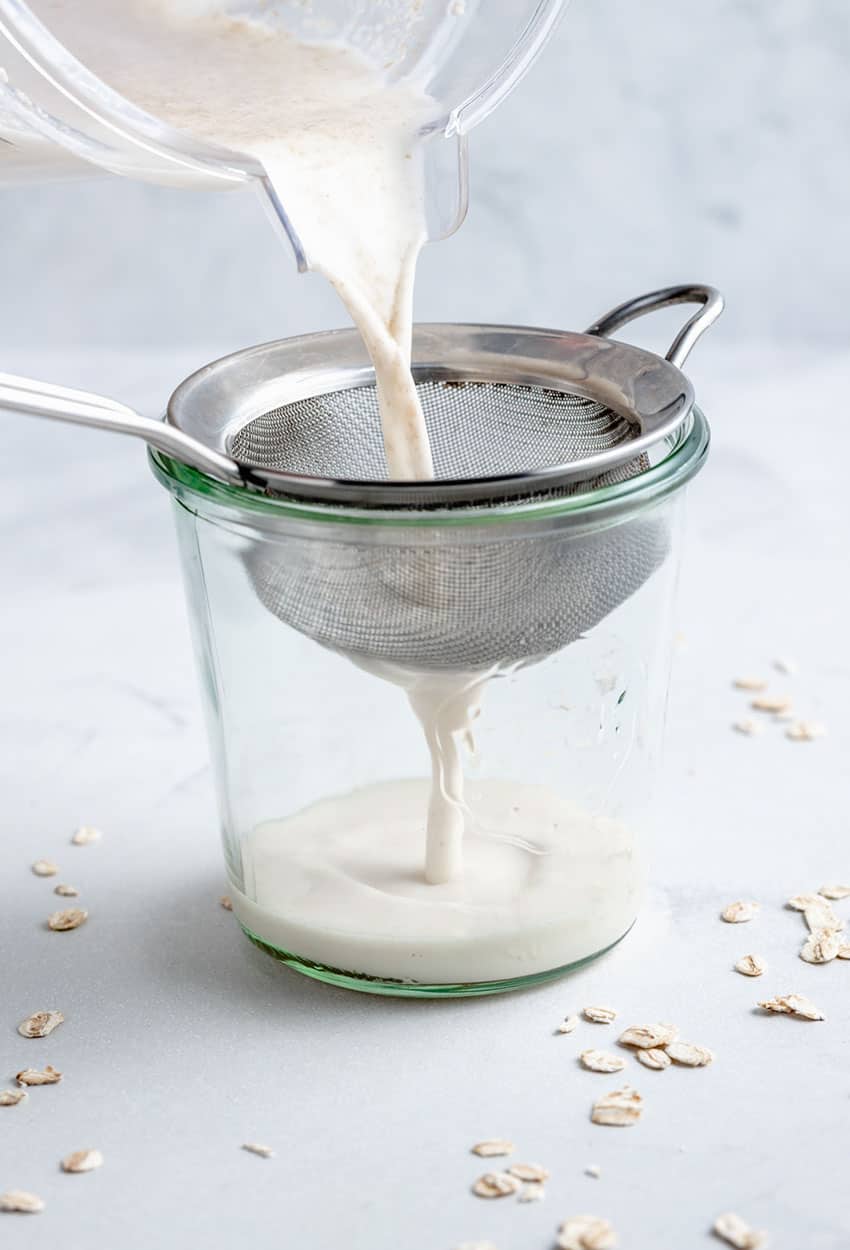
Sadly, if you read the labels of most plant-based beverages, especially those available in Mexico, the ingredients lists are long, complicated — and unnecessary. Extra sugars, including corn syrup; the aforementioned vegetable oils, stabilizers and modifiers, calcium, proteins, minerals… all to make them “measure up” to dairy milk standards in taste, texture and nutrition.
Food for thought: some nutritionists wonder why the standard is dairy milk as opposed to human milk.
The solution is just to make plant-based beverages yourself — and it’s actually really easy. Oat milk is a little tricky, but these simple tips will help you make the perfect beverage:
- Don’t soak the oats; it can make the oat milk slimy.
- Blend on high speed just enough to combine but not to be completely smooth. Overblending can also cause the dreaded slimy texture with oat milk.
- Use basic, whole rolled oats, not steel-cut oats or quick-cooking oats.
- If heated on its own, oat milk will thicken and become gelatinous. It works fine when added to hot beverages like tea or coffee, though.
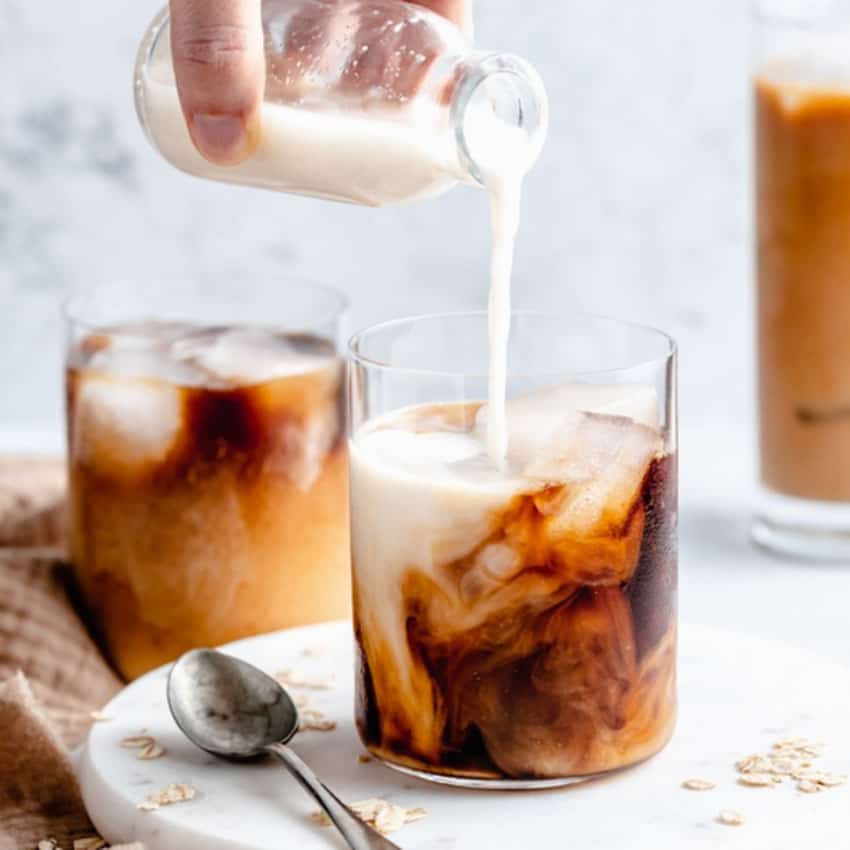
Homemade Oat Milk
- ½ cup whole rolled oats
- 2 cups water
- 1/8 tsp. sea salt
- Optional additions: ¼ tsp. vanilla, 2-3 tsp. honey or maple syrup, ¼ tsp. cinnamon, 1 whole date, pitted, 2 Tbsp. berries
Add all ingredients to a high-speed blender and blend for about 10–15 seconds. Don’t overblend! Using a fine mesh sieve, strain mixture into a jar. Use a spoon or spatula to gently stir and press the pulp against the sieve. (You may want to strain it twice to get rid of more starch.)
Stir in salt and any other additions. (Use blender a second time to add berries or dates.) Enjoy immediately or store in the fridge up to 5 days. If the liquid separates, just shake the jar to combine. — AmbitiousKitchen.com
Homemade Almond Milk
- 1 cup raw almonds (soaked overnight in cool water or 1-2 hours in very hot water)
- 5 cups filtered water (less to thicken, more to thin)
- Pinch sea salt
- Optional: 1 tsp. vanilla, 2 whole pitted dates, 1 Tbsp. honey, 2 Tbsp. cocoa powder, ½ cup berries
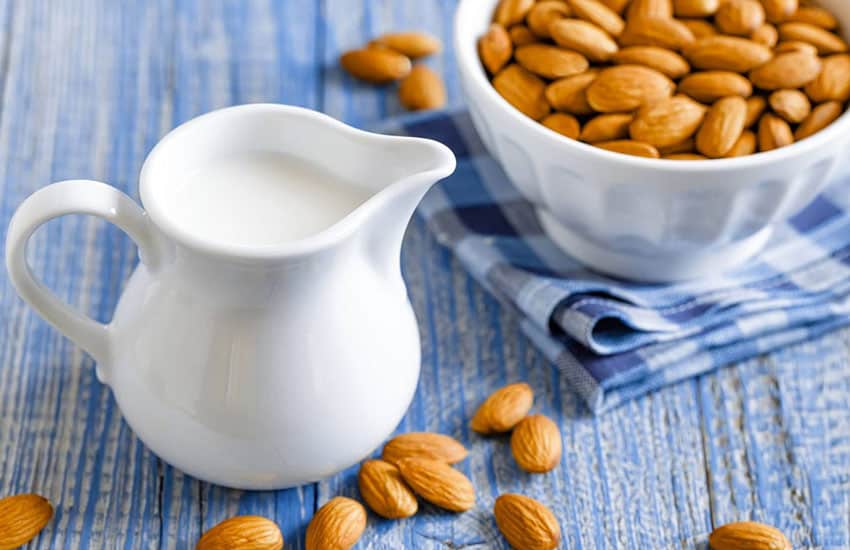
Process the soaked almonds, water, salt and any optional ingredients in a high-speed blender and blend until creamy and smooth, 1–2 minutes.
Strain over a fine-mesh wire sieve, using a thin cotton dish towel or a piece of clean muslin. After pouring in the blended almond mixture, carefully gather the corners of the fabric, twist tightly around the pulp and squeeze hard until all the liquid is extracted. Discard pulp.
Transfer almond milk to a jar or covered bottle and refrigerate. Best when fresh, but will keep when refrigerated for up to 5 days. Shake well before drinking, as it tends to separate.
Homemade Rice Milk
- ½ cup brown rice
- 2 cups water
- Pinch salt
- Optional: Honey, maple syrup, sugar or other sweetener, ¼ tsp. vanilla
In a dry skillet over medium heat, toast rice, stirring frequently until fragrant and just starting to color, about 4 minutes. Transfer to a bowl or jar and add 2 cups water. Set aside to soak for 10 hours.
When soaking is complete, pour rice and water into blender, add salt, sweetener and vanilla (if desired), and blend at highest setting until rice grains are no longer visible, about 2 minutes.
Using a nut milk bag or cloth covered fine-mesh strainer, strain rice milk into a glass bottle or jar. Chill thoroughly before serving. Shake well before each use.
Janet Blaser is the author of the best-selling book, Why We Left: An Anthology of American Women Expats, featured on CNBC and MarketWatch. She has lived in Mexico since 2006. You can find her on Facebook.
